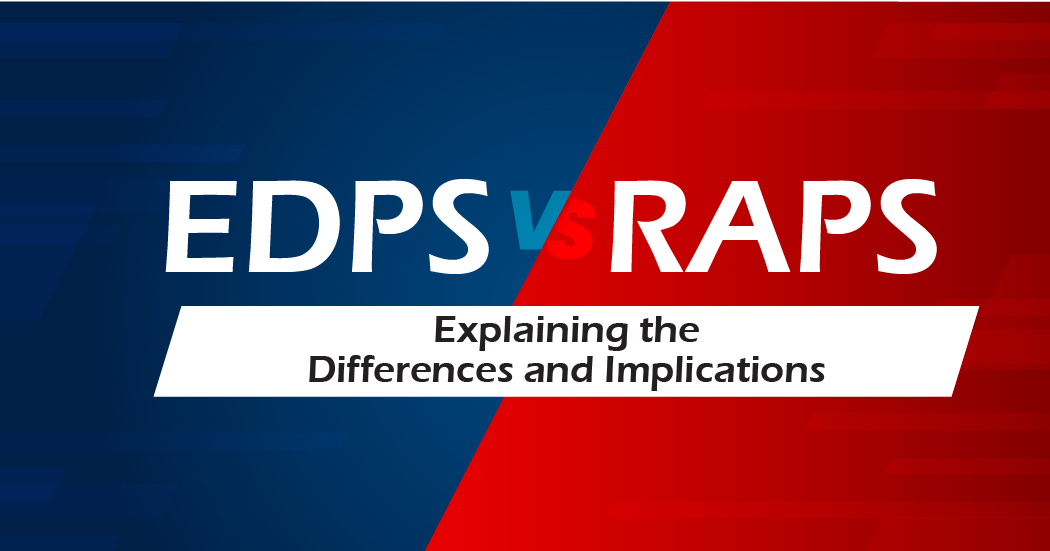What is Changing?
Currently, the calculation for setting capitation rates used for Medicare Advantage is based on cost (claims) data collected from fee-for-service providers. That is about to change. CMS will soon be setting the rates on the fee-for-service equivalent pricing using “encounter data” submitted by Medicare Advantage Plans. While CMS has been collecting Medicare Advantage encounters for the past 2 years, as of this time, no official date has been announced to begin calibrating rates using Medicare Advantage data.
What is the Difference Between RAPS and EDPS?
Edits:
- RAPS data is edited for: enrollment, duplicates, and validity of diagnosis codes.
- EDPS data is edited for: enrollment, duplicates, diagnosis codes, CPT codes as well as coverage and clinical consistencies. EDPS data must also pass CCI edits like those used with FFS claims.
Data Requirements:
- RAPS require HICN, DOB (optional), diagnosis codes, date of service and provider type
- EDPS requirements are more comprehensive and complicated. All data elements from the ANSI 837 v5010 claim format are required.
Tips for Health Plans from CMS:
The March 2014 Encounter Data Newsletter included the following tips:
- Regularly Reconcile Reports - Reconcile MAO-002 Encounter Data Processing Status Report often.
- Join the ListServ - Stay up to date on the latest encounter data news by subscribing to updates from the CSSC Operations website and the Technical Assistance Registration Service Center (TARSC) website.
- Continue to Submit RAPS in 2014 - RAPS will continue to run parallel to the EDPS in 2014.
Tips for Providers:
- Establish a protocol of checks and balances in documentation to ensure that all services are documented correctly. Be sure you have an in-depth knowledge of FFS billing protocols and the importance of complete diagnosis as well as CPT coding and documentation.
- Activate software functionality that allows billers to generate reports on claims rejections on a timely and regular basis. Be sure to track any rejections by reason codes so ongoing problems can be corrected and re-submitted quickly, to recoup dollars that may otherwise be lost.
- Audit a sampling of charts quarterly to determine if the documentation protocols for correct coding are being applied appropriately.


